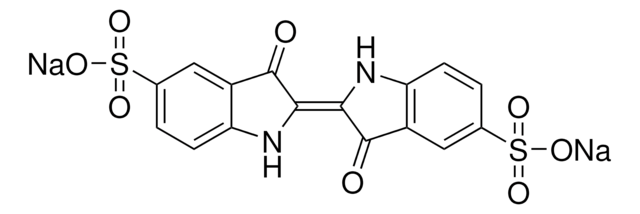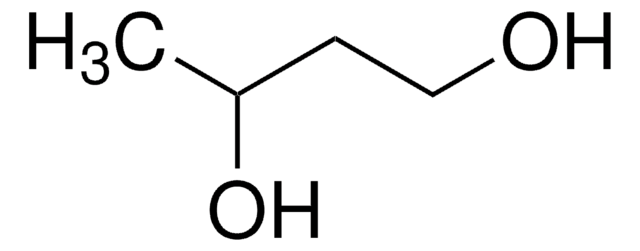223492
Potassium sulfate
ACS reagent, ≥99.0%, powder
About This Item
Productos recomendados
grado
ACS reagent
Agency
suitable for EPA 300
Ensayo
≥99.0%
Formulario
powder
impurezas
≤0.01% insolubles
≤5 ppm N compounds
pH
5.5-5.8 (25 °C, 5%)
trazas de anión
chloride (Cl-): ≤0.001%
trazas de catión
Ca: ≤0.01%
Fe: ≤5 ppm
Mg: ≤0.005%
Na: ≤0.02%
heavy metals: ≤5 ppm (by ICP)
cadena SMILES
[K+].[K+].[O-]S([O-])(=O)=O
InChI
1S/2K.H2O4S/c;;1-5(2,3)4/h;;(H2,1,2,3,4)/q2*+1;/p-2
Clave InChI
OTYBMLCTZGSZBG-UHFFFAOYSA-L
¿Está buscando productos similares? Visita Guía de comparación de productos
Descripción general
Aplicación
Código de clase de almacenamiento
13 - Non Combustible Solids
Clase de riesgo para el agua (WGK)
WGK 1
Punto de inflamabilidad (°F)
Not applicable
Punto de inflamabilidad (°C)
Not applicable
Elija entre una de las versiones más recientes:
¿Ya tiene este producto?
Encuentre la documentación para los productos que ha comprado recientemente en la Biblioteca de documentos.
Los clientes también vieron
Nuestro equipo de científicos tiene experiencia en todas las áreas de investigación: Ciencias de la vida, Ciencia de los materiales, Síntesis química, Cromatografía, Analítica y muchas otras.
Póngase en contacto con el Servicio técnico







